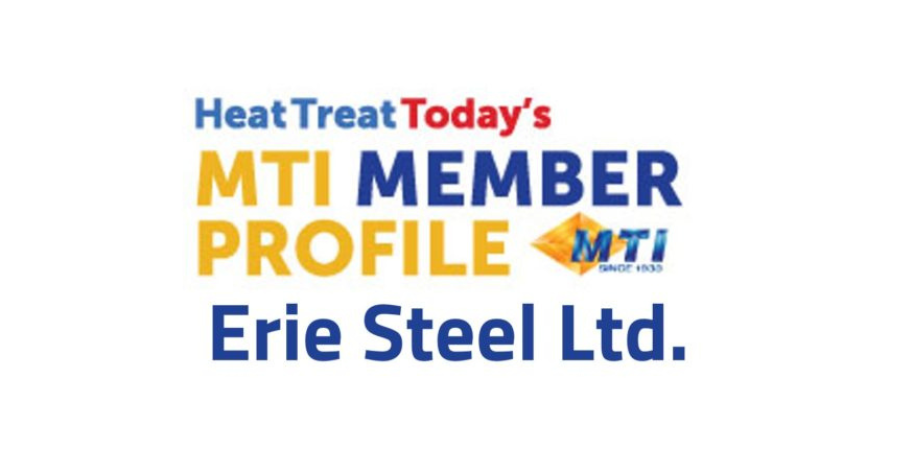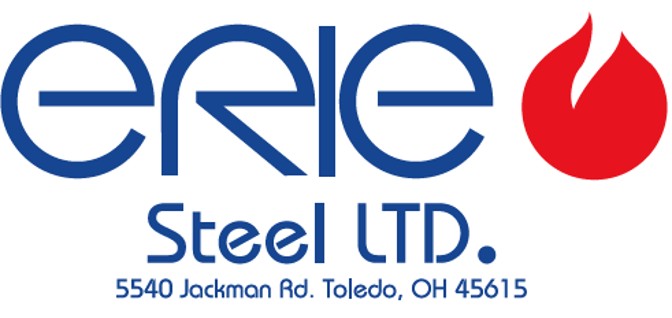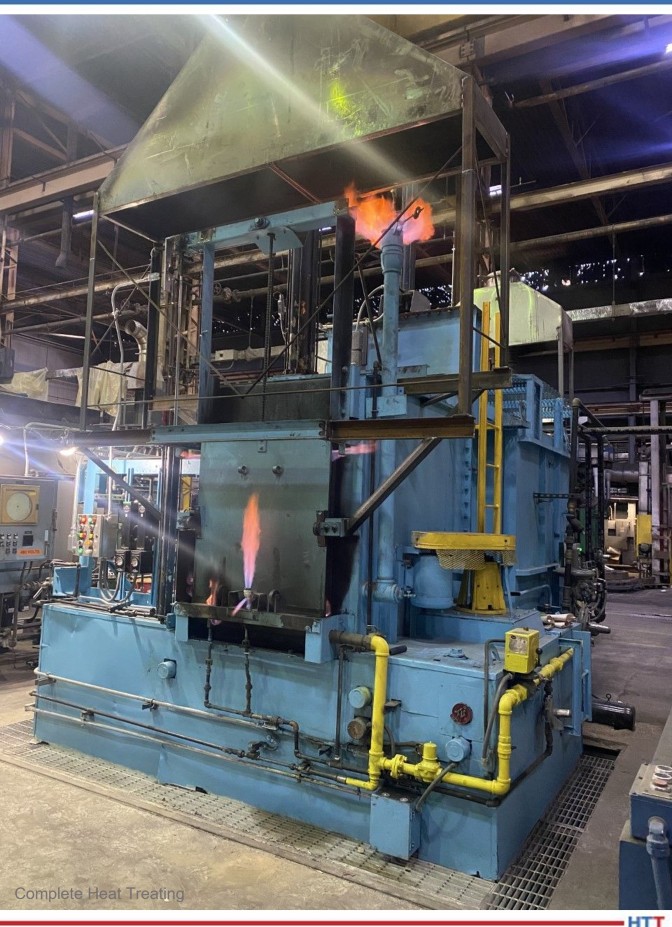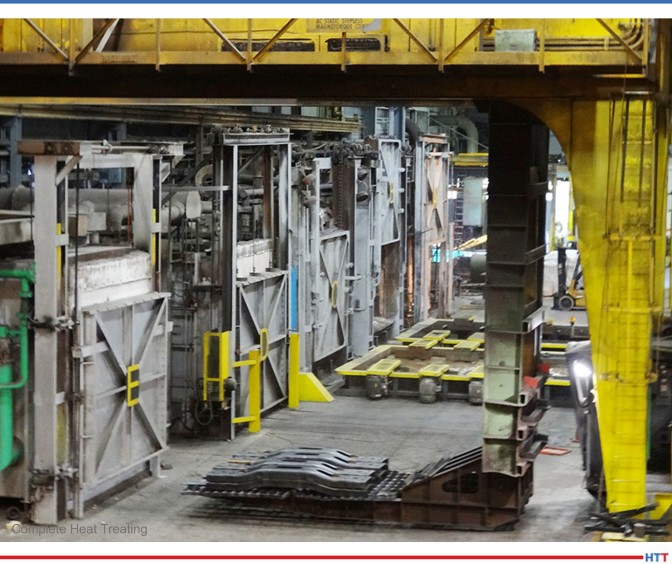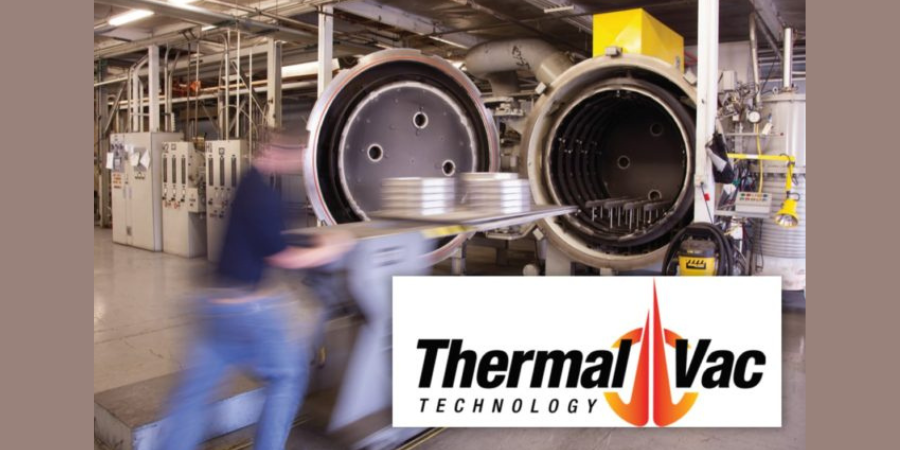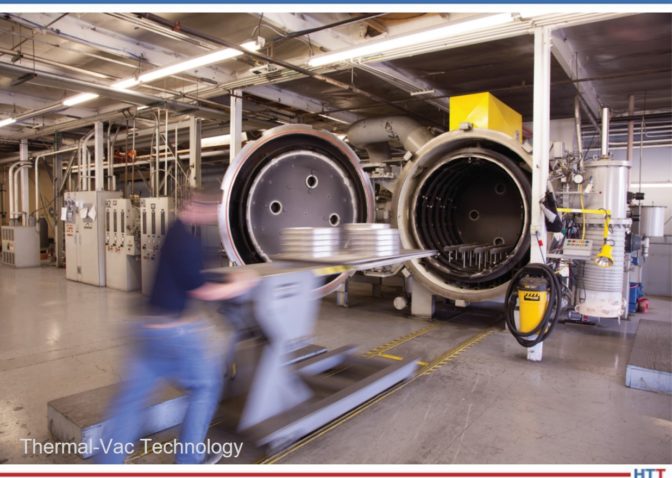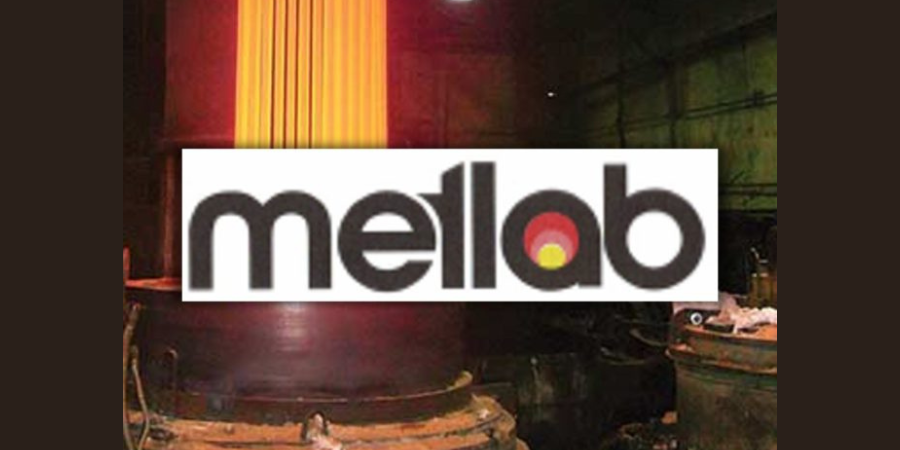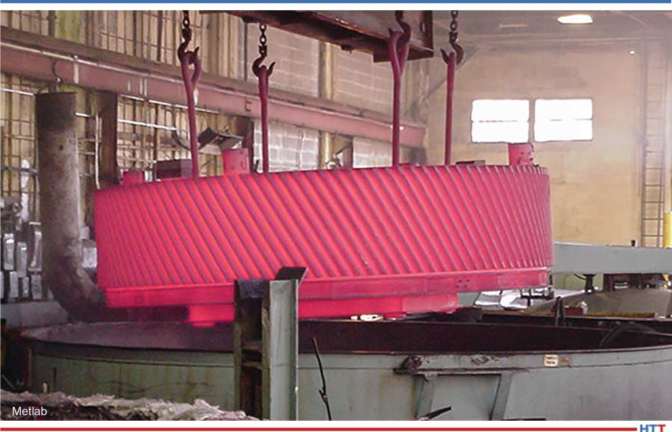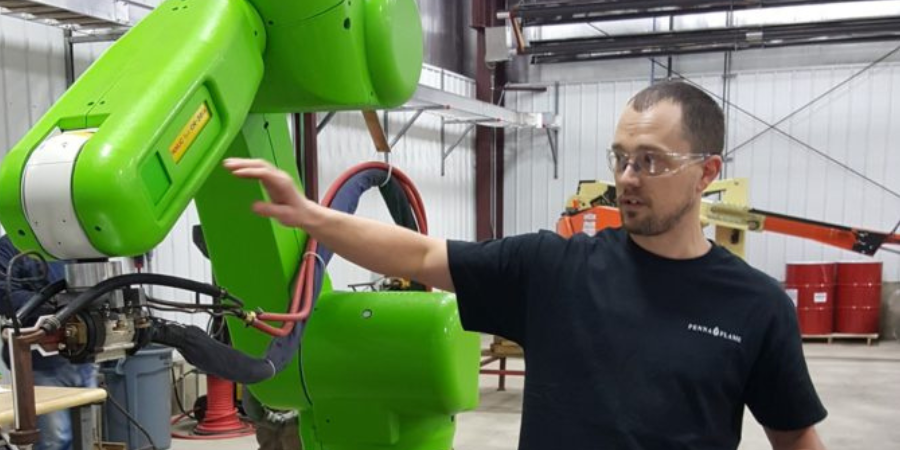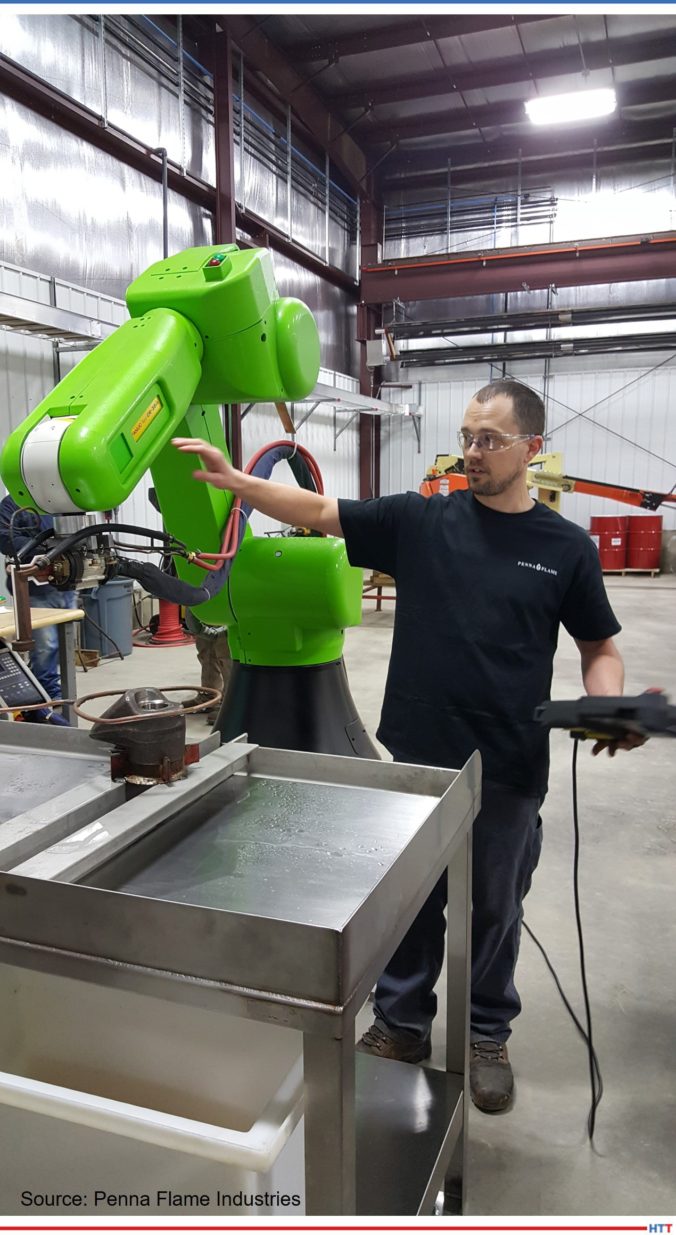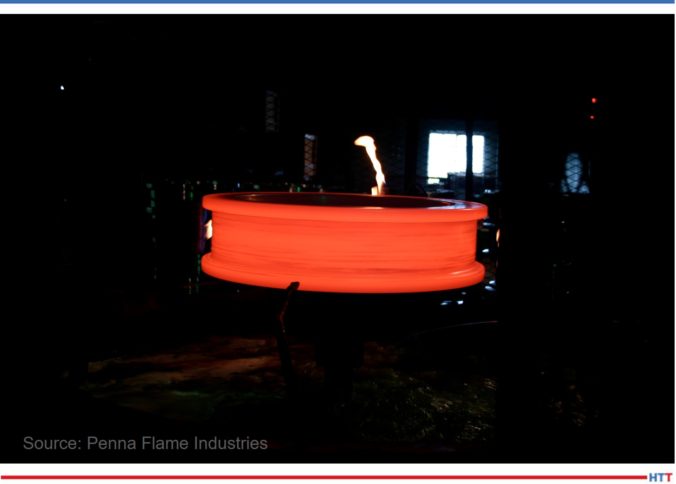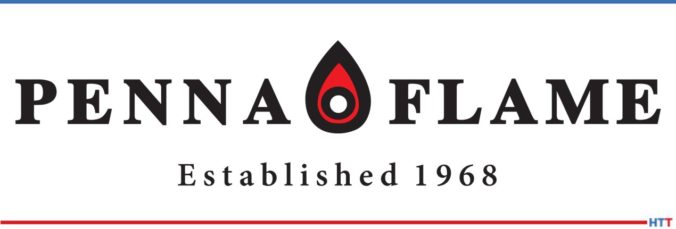Precision Manufacturing Insurance Services
![]() Over the last few months, the Metal Treating Institute requested comments from members on how their current business insurance programs have been progressing with property, liability, errors-omissions, commercial auto, and workers compensation. What we learned is this is a huge pain point for most heat treaters of any size.
Over the last few months, the Metal Treating Institute requested comments from members on how their current business insurance programs have been progressing with property, liability, errors-omissions, commercial auto, and workers compensation. What we learned is this is a huge pain point for most heat treaters of any size.

Many are experiencing cancellation of coverage, refusal to be offered a quote, or large rate increases. The insurance industry is really backing away from writing policies for heat treating companies.
To help heat treaters deal with this huge challenge, the board of trustees of MTI is excited to announce that they have partnered with Precision Manufacturing Insurance Services out of California as the official insurance agency partner for business insurance coverages. They have already written several MTI members’ policies and provided quality coverage with significant savings averaging 35% to 50%.
Precision Manufacturing Insurance Services (PMIS) provides heat treating companies with comprehensive competitive insurance and risk management solutions. They are dedicated to protecting the future of this vital industry. They offer their knowledge, experience, and service to many types of metalworks that put people to work, contribute significantly to the U.S. national GDP, and deliver quality products worldwide.
They know there is nothing cookie-cutter about what a heat treating company does when altering the physical properties of material. That work is precise and custom. With PMIS, your company will get the same type of focused approach with your insurance and risk management plan. Recognized nationwide for their specialization in working with metalworking manufacturers, they’ll provide you with tailored solutions based on your unique risks. Their professional staff is available to support your industry and business.

When prospective clients ask why they should partner with PMIS for their insurance and risk management needs, the answer is simple: They are metalworking manufacturing insurance specialists. This is who they are and the only thing they do. They are not a generalist broker who happens to write a few manufacturing accounts. PMIS has written over 1,000 policies for metalworkers — all attributed to their expertise, experience, and longstanding relationships with insurance markets. This enables them to deliver affordable solutions to MTI members that protect property, assets, employees, and reputation, while reducing risk and costs. The following are the types of coverages PMIS can create for you:
- Custom Manufacturing Insurance
- General Liability Insurance
- Property Insurance
- Workers’ Compensation
- Manufacturers’ Errors and Omissions
- Equipment Breakdown
- Commercial Auto
To see more details on Precision Manufacturing Insurance Services and the MTI Insurance Program, including a link to request speaking to a PMIS team member about getting a free quote for your company, visit HeatTreat.net and click on the Business Insurance link under the Benefits tab at the top.
If you have any questions or would like more information, feel free to contact Tom Morrison at tom@heattreat.net
 Find heat treating products and services when you search on Heat Treat Buyers Guide.com
Find heat treating products and services when you search on Heat Treat Buyers Guide.com
Precision Manufacturing Insurance Services Read More »




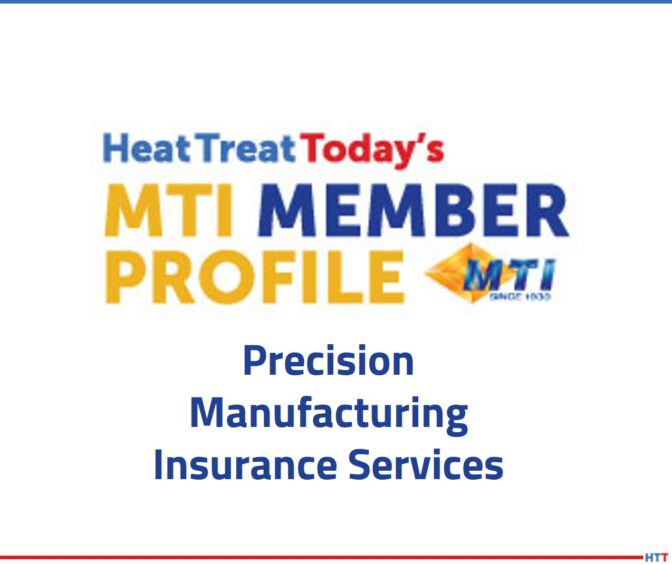

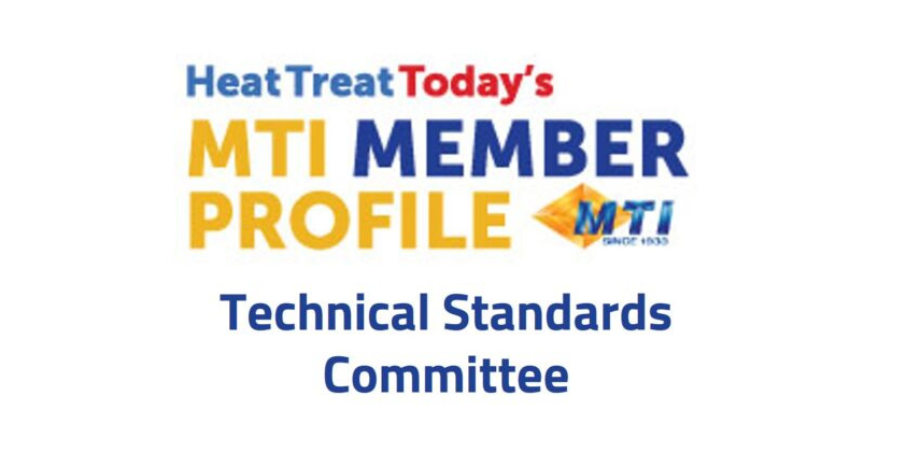
 From each of the committee meetings, five to six key leaders on the committee provide a full report on each technical standard group’s activity via a virtual Zoom meeting. The volunteer work and member reports on committee activities have become very valuable to quality departments by giving real time information on potential changes in specifications that could have a big impact on equipment purchases or overall quality process for audits.
From each of the committee meetings, five to six key leaders on the committee provide a full report on each technical standard group’s activity via a virtual Zoom meeting. The volunteer work and member reports on committee activities have become very valuable to quality departments by giving real time information on potential changes in specifications that could have a big impact on equipment purchases or overall quality process for audits.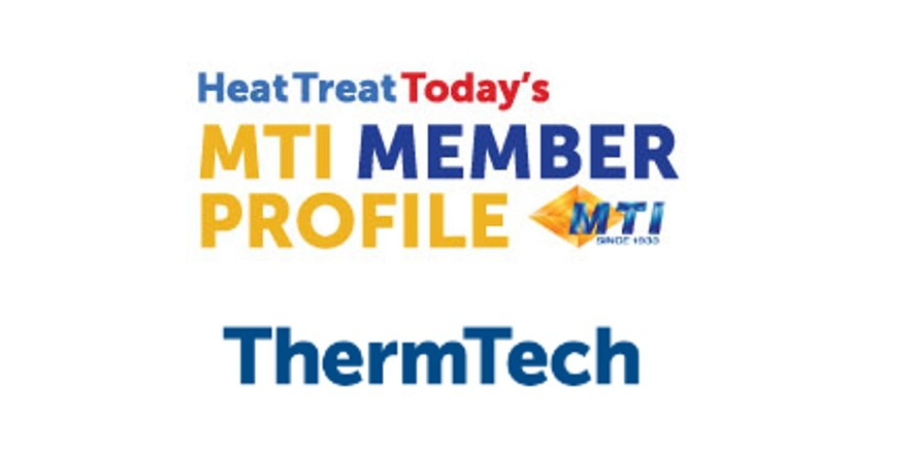

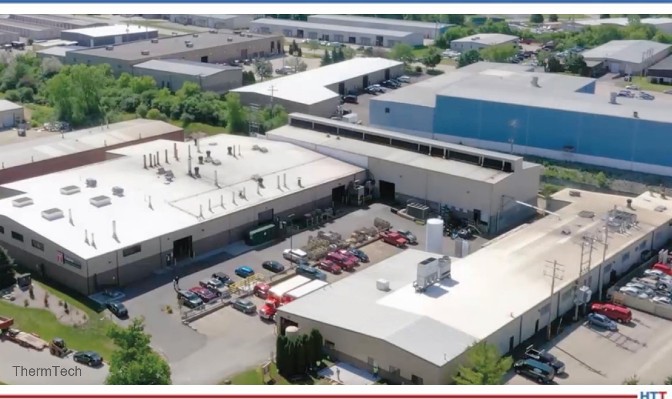
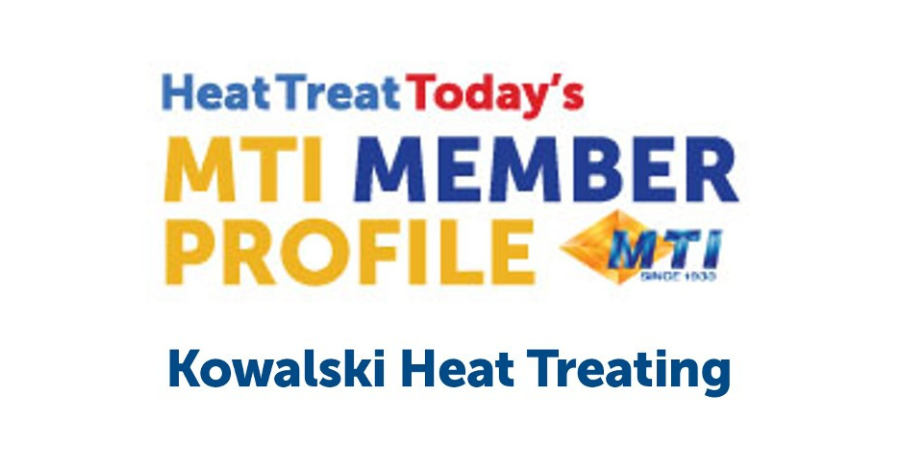
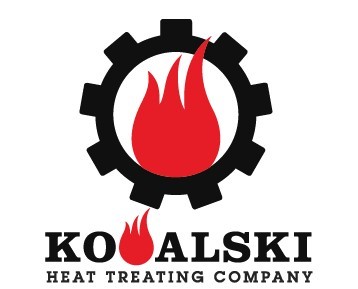
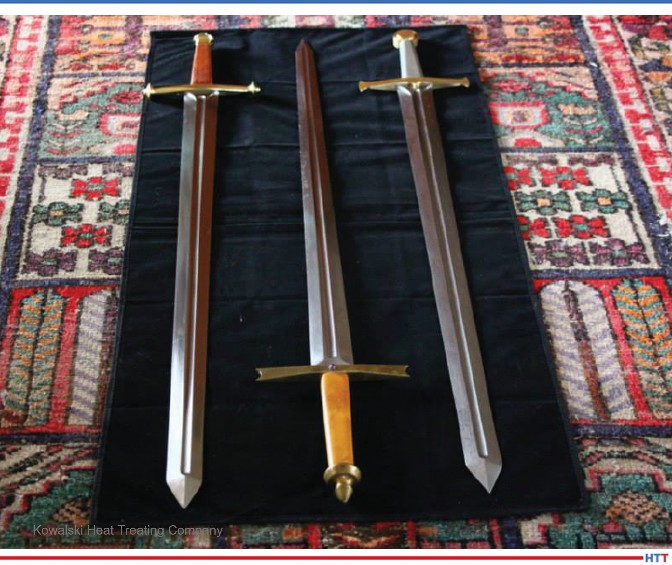
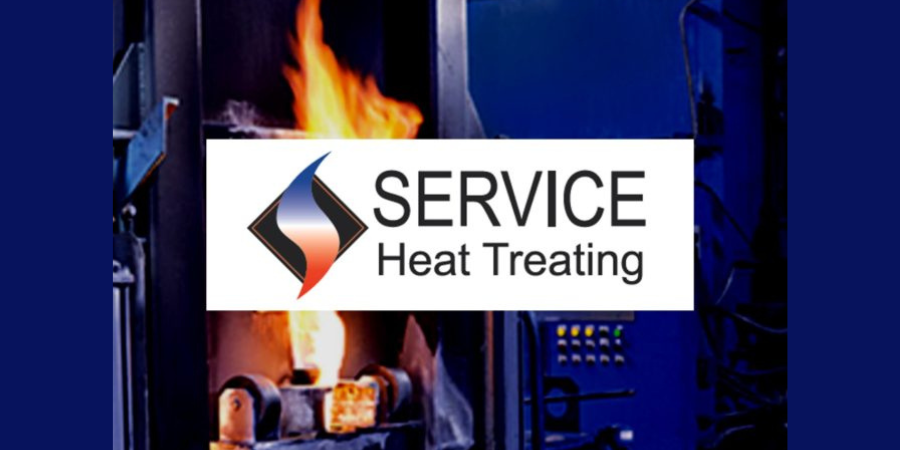
 quality and service focused commercial heat treater in southeastern Wisconsin and that’s how the story of Service Heat Treating began. They started small with two batch furnaces and have grown over the years to have 18 furnaces total. The company began servicing agricultural and construction equipment suppliers and have diversified over the years to include automotive, consumer products, mining equipment, and other available markets. Included in their staff of 35 employees, Service Heat Treating has top metallurgical and QA experts to support engineering and process design and help solve metallurgical problems.
quality and service focused commercial heat treater in southeastern Wisconsin and that’s how the story of Service Heat Treating began. They started small with two batch furnaces and have grown over the years to have 18 furnaces total. The company began servicing agricultural and construction equipment suppliers and have diversified over the years to include automotive, consumer products, mining equipment, and other available markets. Included in their staff of 35 employees, Service Heat Treating has top metallurgical and QA experts to support engineering and process design and help solve metallurgical problems.


